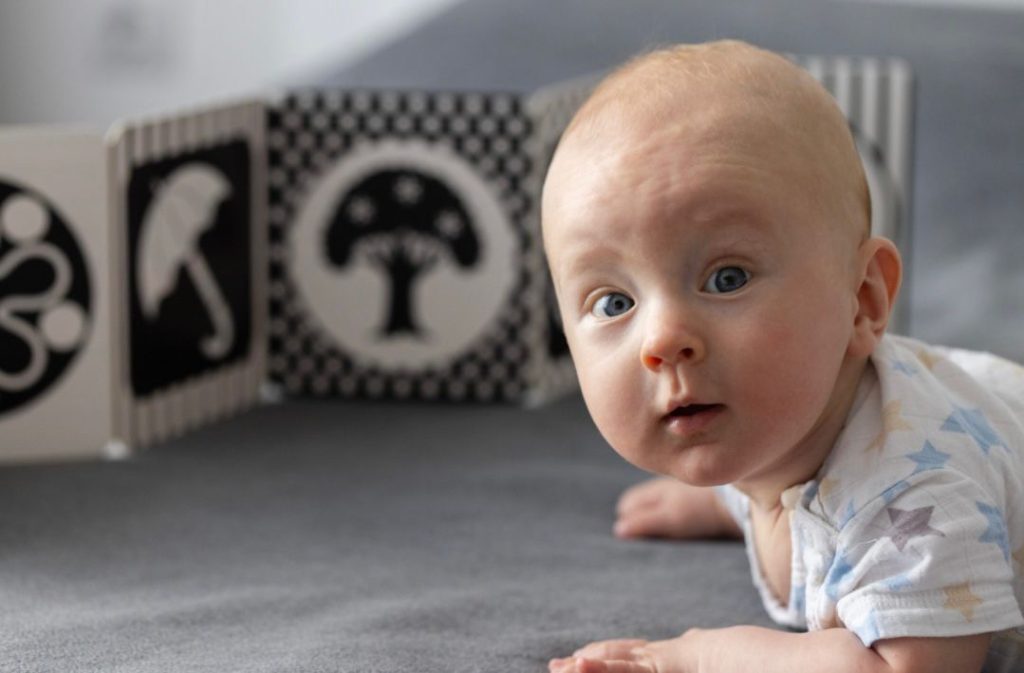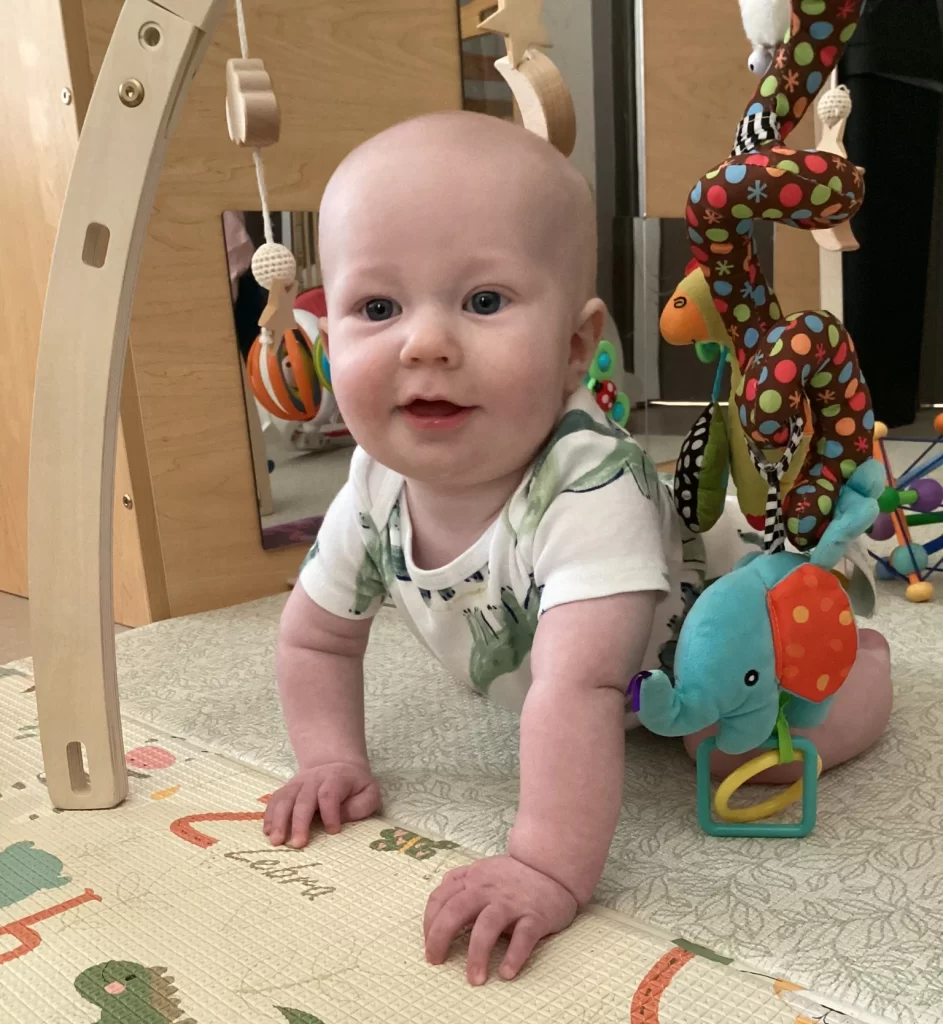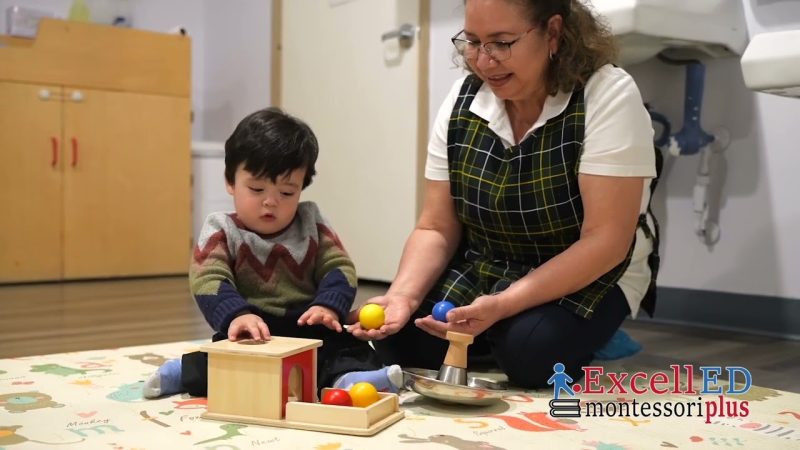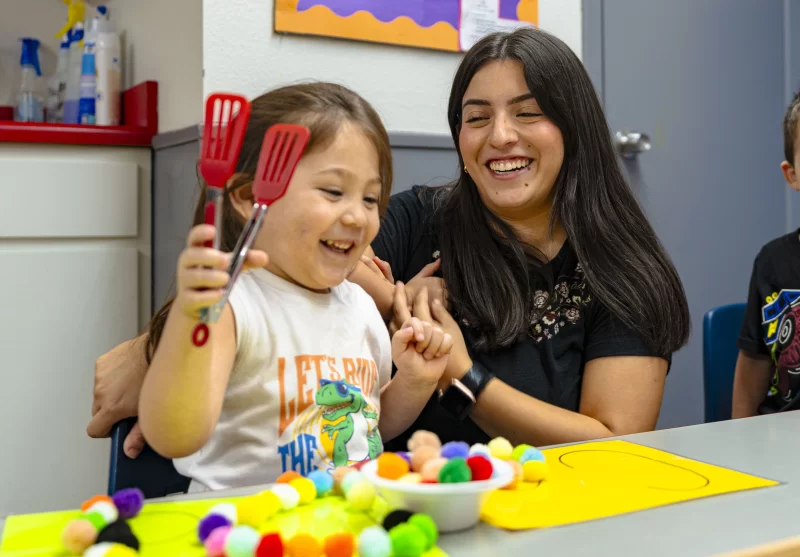
Dear Mom and Dad,
When I first opened my eyes, the world wasn’t the colorful place you know. Everything was black and white. It’s a little hard to imagine, but that’s how my eyes work when I’m just born. My vision is still developing, and I can’t see all the beautiful colors around me just yet. But don’t worry—this is perfectly normal, and I’m learning so much every day!
Why Black and White?
At first, I can only focus on things that are close to me, about 8 to 12 inches away. That’s why I love when you’re close by and talking to me. The world is still fuzzy and mostly black and white for me because my eyes are still figuring things out. High-contrast images, especially in black and white, are what catch my attention the most. They’re simple, bold, and easy for me to see, which helps my brain grow and develop.
Babies typically begin life seeing primarily in black and white, with some shades of gray. This is because their vision is still developing, and their ability to perceive color is limited. By around 4 to 6 weeks of age, babies start to develop color vision, initially being able to distinguish between reds and greens. By about 3 to 4 months, their color vision becomes similar to that of an adult, allowing them to see a full range of colors.
Learning Through High-Contrast Images
You might notice that I love staring at black-and-white patterns or simple shapes. When I do this, my brain is hard at work. These images help me learn to focus and track objects with my eyes. It’s like exercise for my brain, building strong connections that will help me as I grow.

Books Just for Me
In my Montessori classroom, they give me special black-and-white books. These books aren’t filled with bright colors, but they’re perfect for me right now. The bold designs and simple shapes are just what I need to help me see better and concentrate. When you read these books to me, it’s more than just a fun time together—it’s helping me learn how to focus and pay attention.
Building Focus and Attention
Spending time with these black-and-white books is helping me learn to concentrate. I’m practicing focusing on the pictures, and each time I do, I’m getting better at it. This ability to focus will be really important as I grow older and start learning more complex things.
Learning Language, Too
Even though I’m just a baby, I’m already starting to learn about language. When you read to me, I’m listening to your voice and picking up on the sounds and rhythms of words. The combination of hearing you talk and seeing the simple images helps me start to connect words with what I see. It’s my first step towards learning to talk!
Bonding with You
Reading together isn’t just about learning—it’s also about being close to you. When we snuggle up with a book, I feel safe and loved. This time together makes me feel secure, and it’s one of the ways I’m starting to understand how to interact with others.
Discovering Object Permanence
One of the big things I will be learning next is called object permanence. This is when I start to understand that even if I can’t see something, it still exists. Peekaboo isn’t just a game—it’s teaching me that when your face disappears behind your hands, you’re still there. This is a really important lesson because it helps me feel secure, knowing that my favorite people and things are still around, even when I can’t see them.
Montessori activities, like hiding a toy under a blanket and letting me find it, are helping me practice this new skill. It’s exciting for me to realize that the world isn’t just what I can see at the moment—there’s so much more out there!
Conclusion
So, even though my world is still black and white, I’m learning a lot. The simple, high-contrast images in my books and toys are helping me develop the skills I need for later in life. I’m also discovering that things don’t disappear when they’re out of sight, thanks to games like peekaboo and other Montessori activities. Thanks for reading with me and helping me explore this new world, one black-and-white page at a time. Soon enough, I’ll start seeing all the colors and understanding even more about the world around me. But for now, I’m happy to take it one step at a time.
With love,
Your Little One
References:
Black-and-White Visuals:
- Article: “The Development of Visual Sensitivity to Lightness Contrast in Infancy” by Franklin, A., et al.
- Journal: Developmental Science, 2016.
- Summary: This study explores how infants’ sensitivity to contrast, particularly black-and-white, develops over time, emphasizing its importance in early visual processing.
Object Permanence:
- Article: “Object Permanence in 6- and 8-Month-Old Infants: Looking Measures and Search Measures” by Baillargeon, R., & DeVos, J.
- Journal: Journal of Experimental Child Psychology, 1991.
- Summary: This classic study discusses the development of object permanence in infants, a crucial cognitive milestone that helps them understand that objects continue to exist even when not in view.
Language Development and Early Reading:
- Article: “The Impact of Parent-Child Book Reading on Emerging Literacy and Language Skills” by Mol, S. E., & Bus, A. G.
- Journal: Review of Educational Research, 2011.
- Summary: This review highlights the significant impact of early reading experiences on language acquisition and literacy skills, underscoring the importance of reading to infants.






